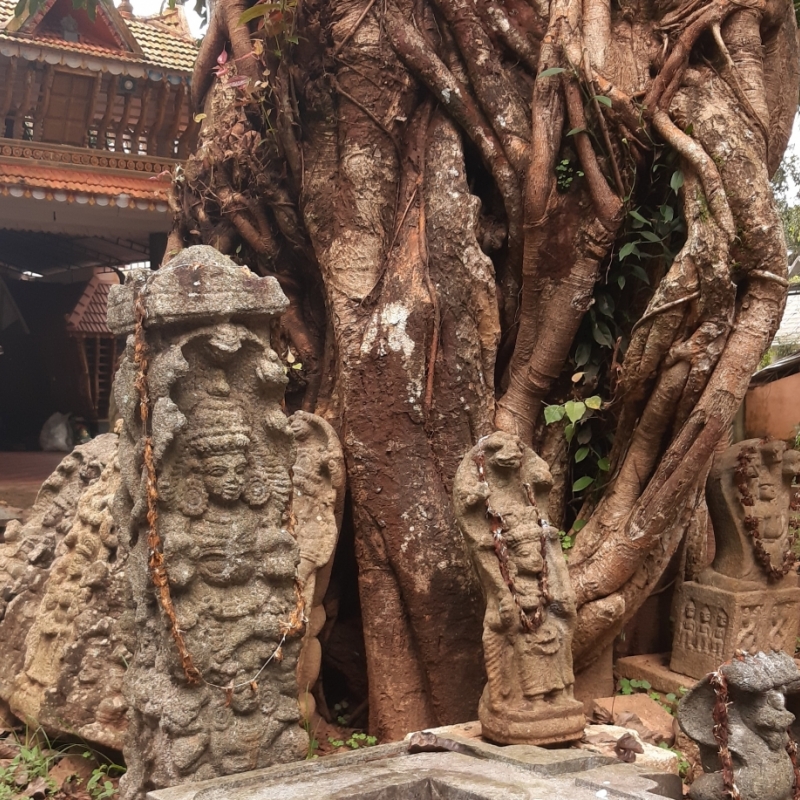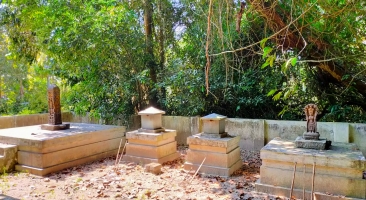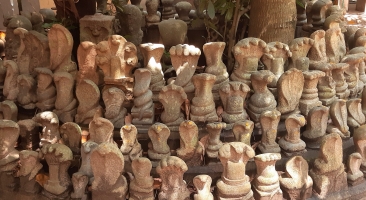The polytheistic belief system and religious practices of India have a rich and ancient history which dates back to the Vedic ages. For centuries, Indians have been worshipping the forces of nature, including natural phenomena, trees, animals and the Mother Earth, which is a practice believed to have close associations with pagan traditions and Celtic cultures. Serpent worship or ophiolatry is such a form of worship performed by different communities across the country and in Kerala. A peculiar aspect of snake worship in Kerala is that several Hindu families maintain and protect sarppakavu (serpent groves) and conduct ceremonies like sarpamthullal (dance of snakes), thalichukuda (ritualistic offering of milk, turmeric, and tender coconut water to serpent deities), and Pulluvan pattu (hymns to serpent gods sung by the people of the Pulluva community) to please the serpent gods.
Famous places of serpent worship in Kerala include Mannarasala temple, Pambumekkattumana and Vettikottu Nagaraja temple. Mannarasala temple and Vetticode temple were consecrated by Lord Parasuram and are considered the first serpent temples in Kerala. Unlike most of the temples in Kerala, Mannarasala temple is headed by a matriarch often called amma (mother), who performs all the major rituals and pujas in the temple; the Pambumekkattumana family of Thrichur in Kerala is believed to still cherish the ancient serpent cult to which they belong.
Serpent worship performed in these spaces include various rituals such as kalampattu (drawing elaborate and colourful sacred rangoli on the floor to invoke serpent gods), nagatheyyam (ritualistic practice in which people dress elaborately as serpent gods and dance in frenzy), norum palum (offering milk banana, ghee, tender coconut, rice flour, and saffron to gods), and sarppabali (a ritual of feeding the serpents). Apart from being Kerala’s continued history, these practices of course are tied to the state’s social belief systems and reflect its cultural and political scenario.




